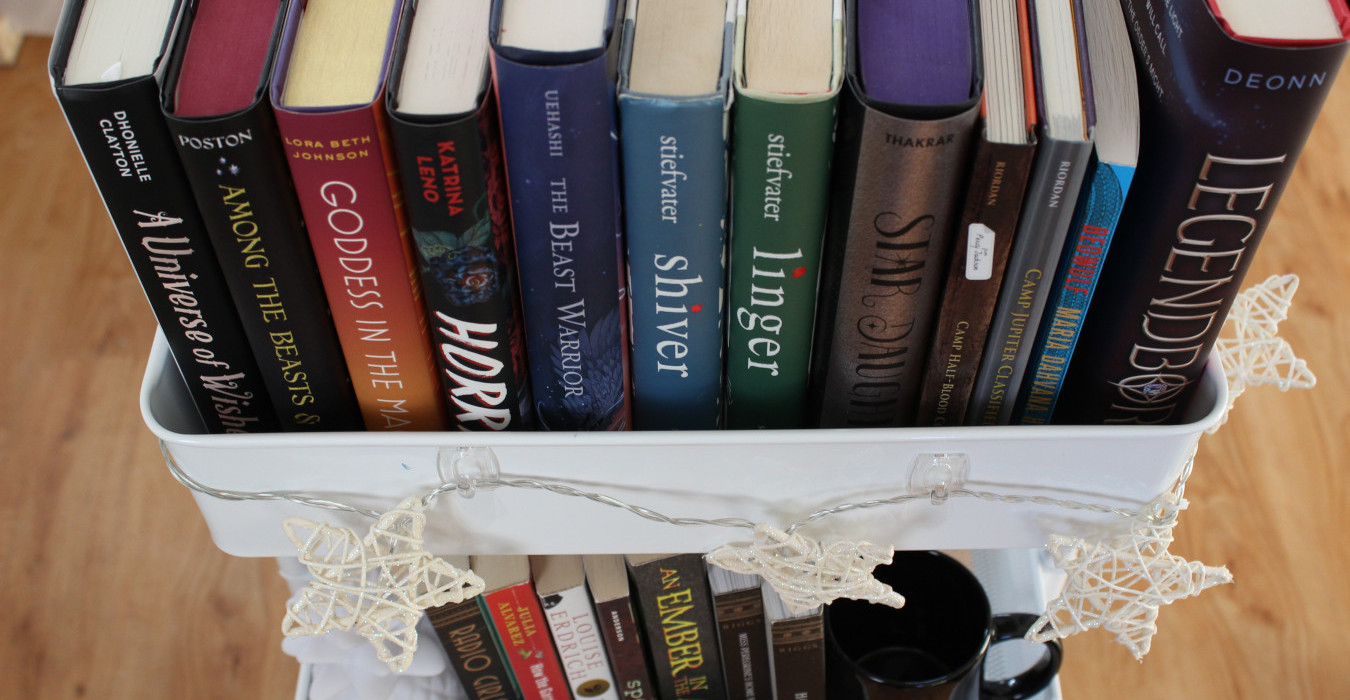Let’s say we go to an ice cream parlor. My treat. I order my sundae, which is chocolate ice cream with peanut butter sauce, cookie dough chunks, whipped topping and rainbow sprinkles (no cherry). You open your mouth to order yours, but I cut you off and say, “We’ll both have the same thing.”
“But Maggie,” you protest. “I don’t like chocolate ice cream. And I’m allergic to peanuts! I’d much rather have vanilla ice cream with fudge and oreos on top!”
“Well, you’re wrong. My sundae is the best kind of sundae, so you’ll just have to learn to like it,” I say.
Sounds stupid, doesn’t it? Aside from the fact that my sundae would probably lead to me having a heart attack someday soon, it’s not gross or detestable. Neither is yours. Neither sundae is right or wrong, we just have different tastes in ice cream and its toppings, and there’s nothing wrong with that.
Sometimes though, I think we get a certain idea about stories – we think that they have to be a certain way, and anything that doesn’t fit that mold is morally reprehensible. Granted, there are a few things that any story should have: your characters should be well-rounded and the plot should be coherent. Just as you wouldn’t put pickles on your strawberry ice cream, you wouldn’t write a story without those important elements.
But from there, who’s to say what the rules are? All audiences have different tastes when it comes to character and story tropes, so it’s just a matter of figuring out which ones work and hoping that the right person finds your story.
I try to keep an open mind when it comes to stories, but if I’m being honest, there are a few tropes that just get me, you know? Like, if I see one of those tropes in a story, and it’s being done well, it’s safe to say I’m hooked. I’ve compiled a list of a few of my favorites today – maybe you’ll agree, maybe you’ll disagree, but hey, that’s the fun of it!
Redemption arcs
You ever just see an antagonistic character with questionable morals and go, “Ah, yeah, that one. That one’s my favorite.” No one? Just me? Well, let me try to win you over. It’s not the fact that these characters are “bad” that makes them interesting; it’s that these are often the characters that get redemption arcs, and I am here for it. There is nothing more satisfying than seeing an unlikable character realize what they’ve done wrong and move past their faults to become a better, stronger person.
Antagonists to allies
Watching antagonists become allies is another one of my favorites. You could also see it as an antagonists “switching sides,” though that isn’t always the case. My favorite version of this is a grumpy, angsty antagonist forming a begrudging friendship with the cheerful, optimistic protagonist. Sometimes it can become a romantic relationship, which I’m okay with sometimes, but it has to go through the “begrudging respect/friendship” stage, or else it’s just flaky wish fulfillment. Wherever the characters end up, I live for seeing them grow and see their former enemies in a different light.
Cornered character discovers new strength/ability
I’m an awful person and I like seeing characters get broken. Sorry not sorry. In my defense, if you want to see what a character is really made of… well, you have to put them to the test. I love the tension of seeing characters in crisis, and I love it even more when the cornered character discovers a new strength or ability that helps them keep fighting. Granted, sometimes this can feel like a convenient plot device, but I see it like those “hysterical strength” legends of people lifting cars off of their children. It’s a power that the character didn’t even know they had, but now they’re able to turn the tides in their favor.
Innocent sunshine character SNAPS and reveals their true power
This also falls under “breaking characters,” kind of, so it just goes to show that I definitely have a certain type of story that I like. But you know those characters who are just happy balls of sunshine? Smiling all the time, cheerful, etc.? One the surface, they’re completely nonthreatening, but if you manage to tick them off – LOOK OUT. They almost never stick up for themselves, and they prefer peace, but if you threaten something or someone that’s important to them, good luck.
The hero goes home
Look, sometimes, you just have to go home. Maybe the hero has had a horrible defeat, or maybe they just need some guidance. Sometimes, the main plot take a backseat – though it’s not completely gone, because it’s always lingering in the back of the hero’s (and the audience’s) mind. The hero can go home, be cared for, and recover in preparation for the next task, quest, or whatever it is. It’s the little things that round out a character, and I love seeing them play out.
Team players
Full disclosure: Six of Crows has forever ruined me on this one, I don’t think anyone can top my favorite team of thieves. But I still love seeing groups of characters embark on a mission together. Why have one protagonist when you can have nine? (Looking at you, Heroes of Olympus). Groups of characters trying to work towards a common goal makes for a story rife with tension (as do group projects in real life…), and I always appreciate the variety of personalities, skills, and backgrounds that we get with bigger groups. I mean, there’s definitely a limit somewhere, but as long as I’m getting awesome, well-rounded characters, I’ll keep eating that up like popcorn.


Leave a Reply